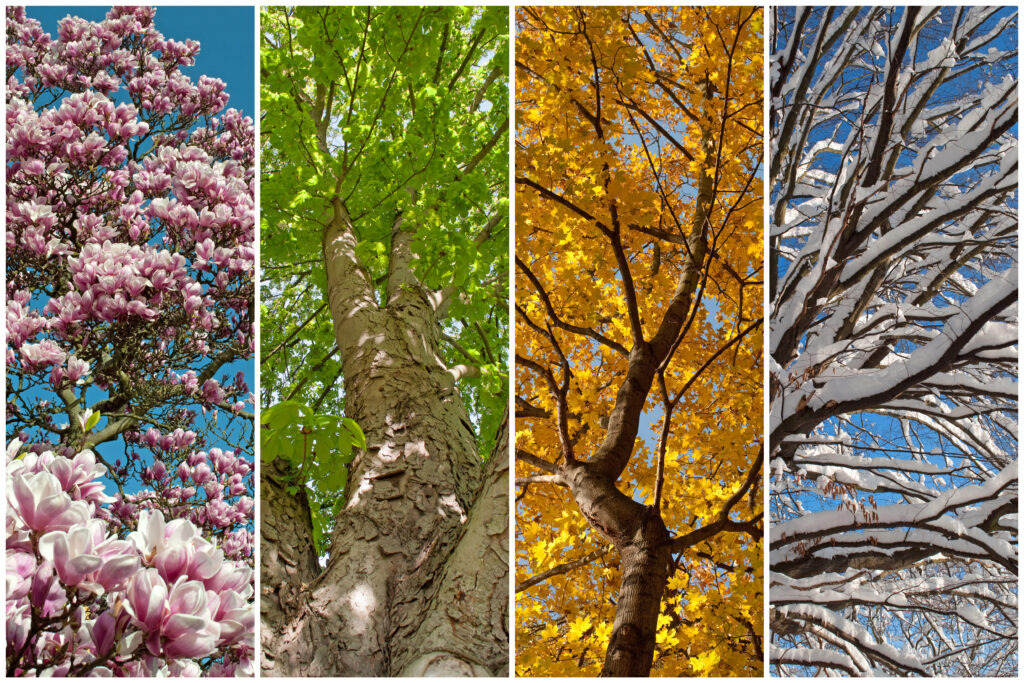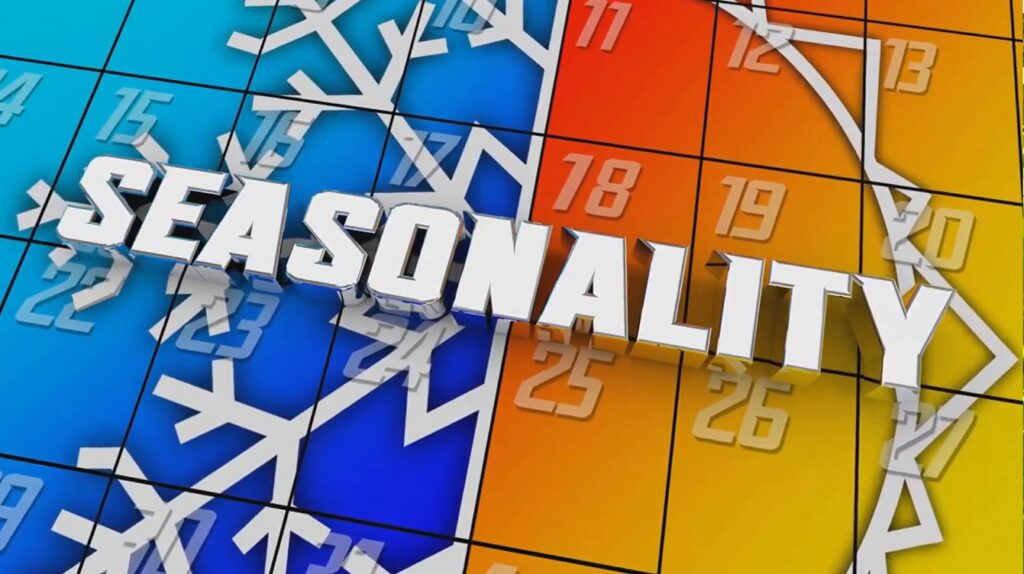Why do some regions experience full-time heat while others are reckoning with frigid temperatures and snow? And why are the seasons reversed in the two hemispheres? Rebecca Kaplan explains how the shape of the Earth’s orbit around the Sun and the Earth’s tilt on its axis affect the amount of sunlight each region receives.
Watch the video and decide if the sentences below are true or false:
1. The Earth is farther from the Sun in January than in July.
2. The Earth’s tilt is 23.5 degrees from vertical.
3. The Earth spins straight up and down.
4. The height of the sun in the sky changes both during the day and throughout the year.
5. The summer solstice happens on June 21st in both the Northern and Southern Hemispheres.
6. The more directly overhead the sun is, the more concentrated the solar energy becomes.
7. During winter, the Northern Hemisphere is tilted toward the Sun.
8. The Earth’s tilt causes changes in the sun’s position in the sky over the year.
9. Sunlight that hits the Earth at a low angle is more spread out and less intense.
10. The phrase “astronomical complexity” refers to how difficult it is to predict the weather.
Key: 1F; 2T; 3F; 4T; 5F; 6T; 7F; 8T; 9T; 10F
Glossary
- to reckon with something – to deal with a difficult thing
- frigid – extremely cold
- smack-dab – exactly
Practice makes perfect
Fill in the gaps in the article extract with the words in bold below:
persist tilted ushers shrank
occurs precautions curtail increments
(…) For many in the U.S., “summer” begins when the three-day Memorial Day weekend 1. ………. in a season of grilling, swimming in pools and drinking lemonade. For others, summer starts whenever school ends or when we reach a specific date on the calendar. For others it might be when the first really hot day happens.
But is there any one solidly official day when we can conclusively say the season has arrived? That depends on who you ask.
An astronomer would likely say it starts on the summer solstice, which happens in the Northern Hemisphere on or around June 21. Its date is based on the Earth’s annual trip around the sun and the angle of our planet’s axis; it 2. ……… when the North Pole is 3. ……… directly toward the sun, giving the hemisphere its longest day of the year. (…)
But if you ask a meteorologist, they will say the Northern Hemisphere’s summer begins on June 1. This is partly because meteorologists and climatologists need consistent dates in order to look for trends in weather and climate data. For ease, they group the seasons into four three-calendar month periods—for summer, this is June, July and August. (…) “We just like things in three-month 4. ………. .”
(…) The time range for what we think of as “summer weather” is changing as the world heats up from the continued burning of fossil fuels. A 2021 study in Geophysical Research Letters found that summers had grown from 78 to 95 days as the other three seasons 5. ………., based on when the highest 25 percent of temperatures occurred in a given location. In the future, summer could grow longer still unless immediate, aggressive action is taken to 6. ……….. greenhouse gas emissions.(…)
Longer summers aren’t just a matter of needing to turn on the air conditioning sooner; they pose a major public health concern. Heat is the deadliest extreme weather event in the U.S. When summer temperatures arrive earlier in the season and 7. ……… for days as a heat wave, people have less time to become acclimated. And they may be unprepared to take 8. ………. to keep cool—especially if they are thinking in terms of the summers of the past
In order to read the whole article, go to: https://www.scientificamerican.com/article/when-does-summer-start/
Key: 1. ushers; 2. occurs; 3. tilted; 4. increments; 5. shrank; 6. curtail; 7. persist; 8. precautions
Discuss:
If you had to explain why seasons happen to a child, how would you simplify it?
If Earth didn’t have a tilted axis, what do you think life would be like? How would the climate and seasons change?
Would you prefer to live in a place with four distinct seasons, or somewhere where the weather is consistent all year round? Why?
Do you notice changes in your energy, mood, or daily habits when the daylight hours get longer or shorter?
Watch and revise!
Why Seasons Change
Earth’s Tilt & Orbit Explained
https://www.cloud.worldwideschool.pl/index.php/s/yCtgfXpL52bJpL7
(6160)






